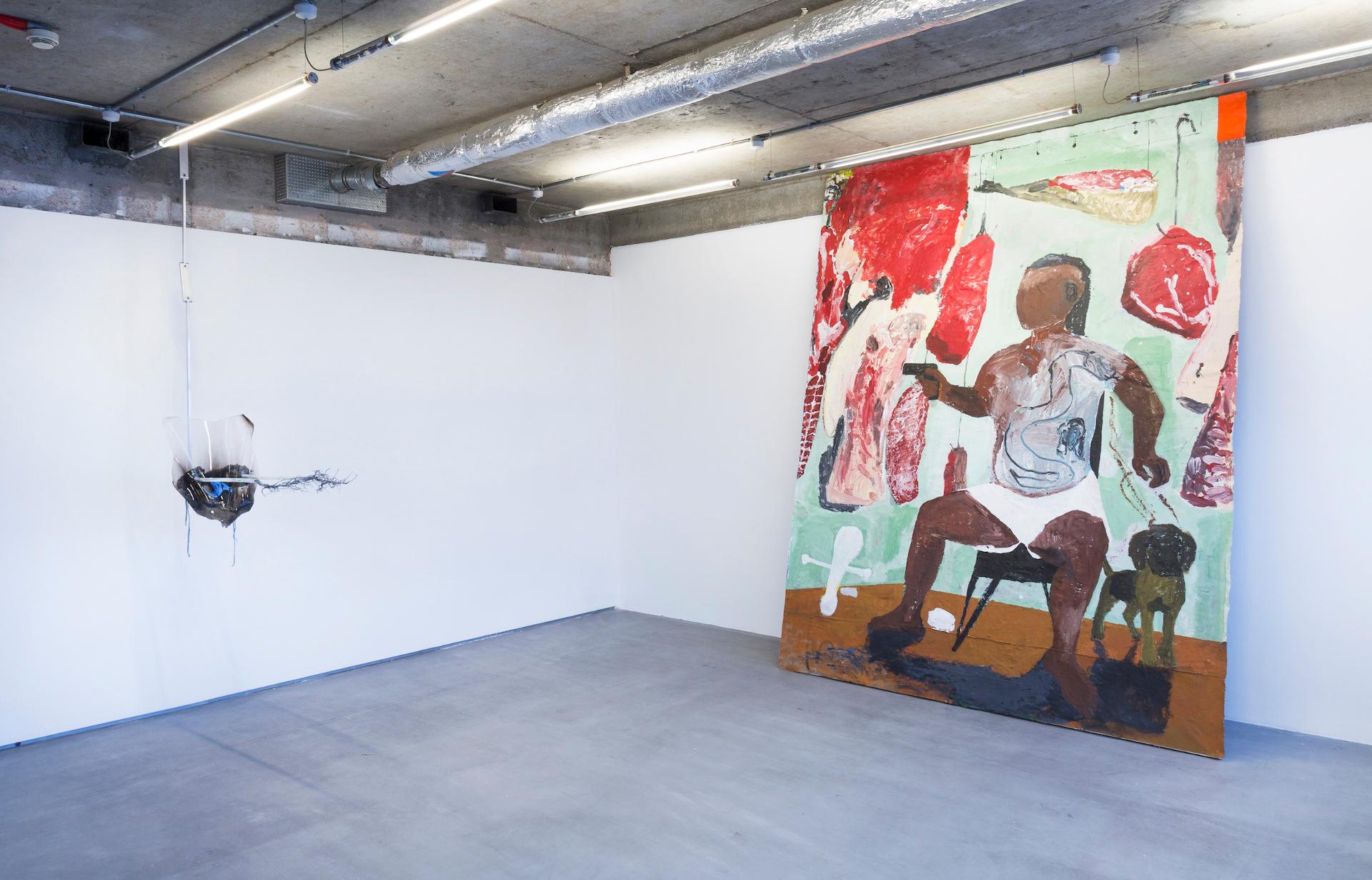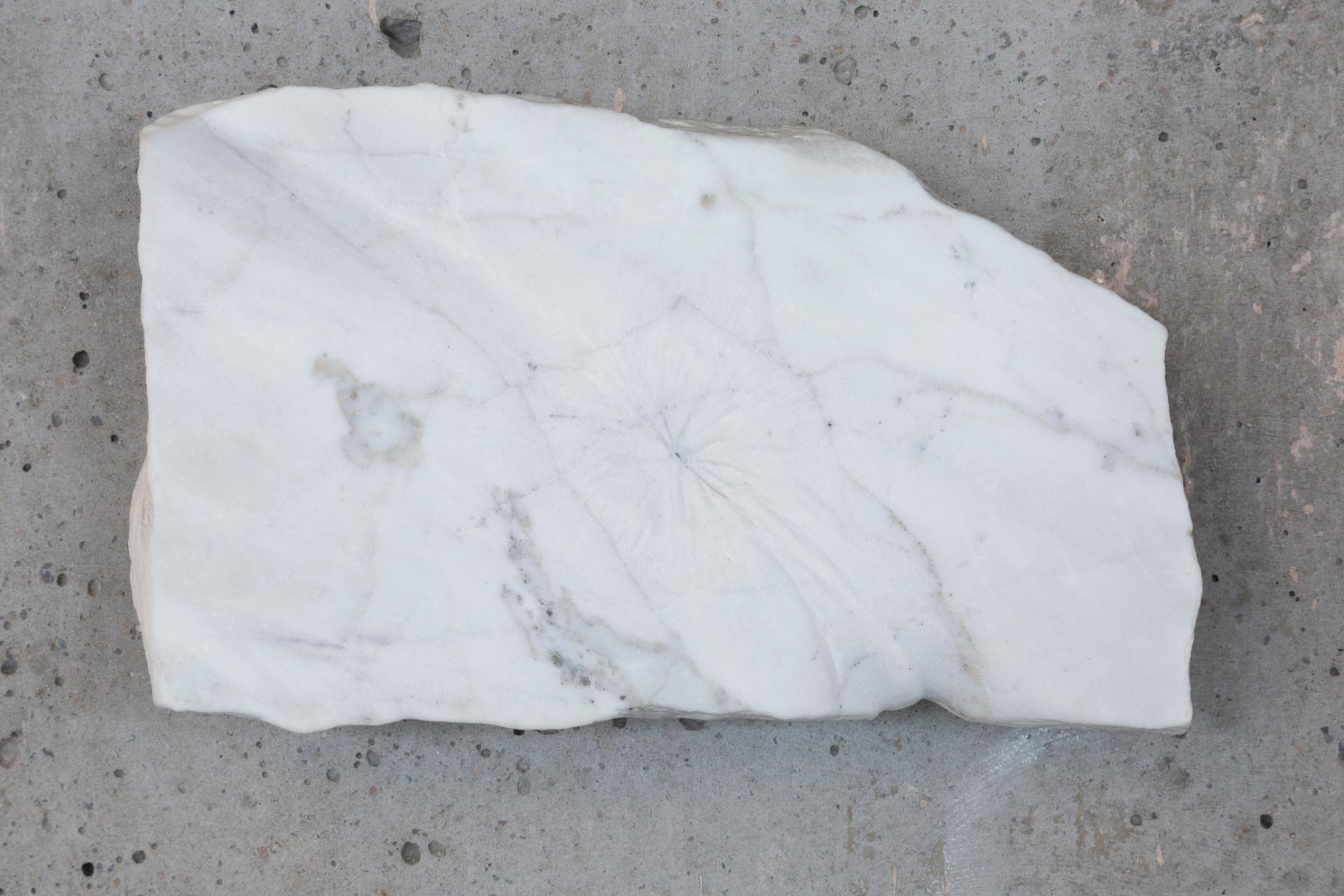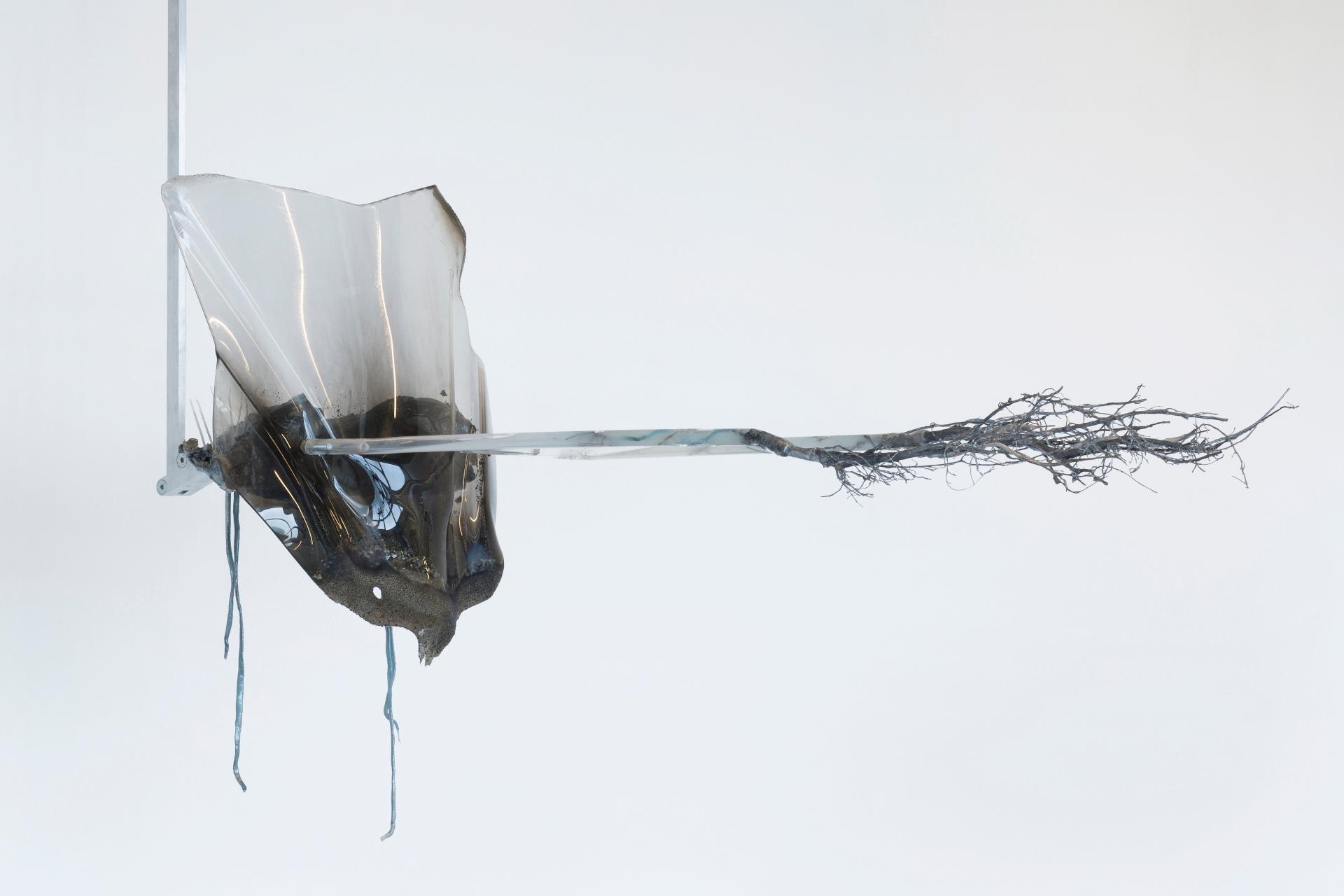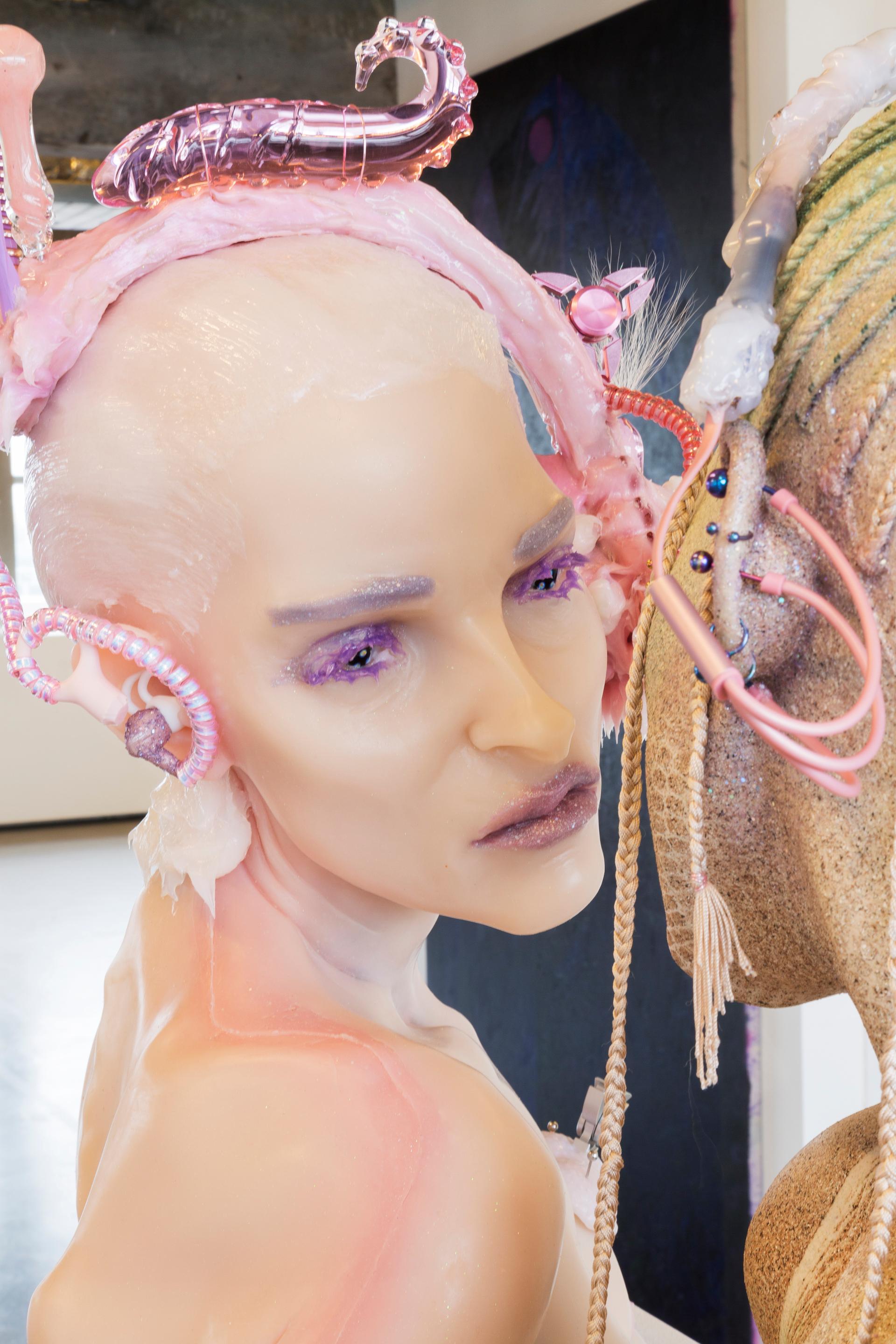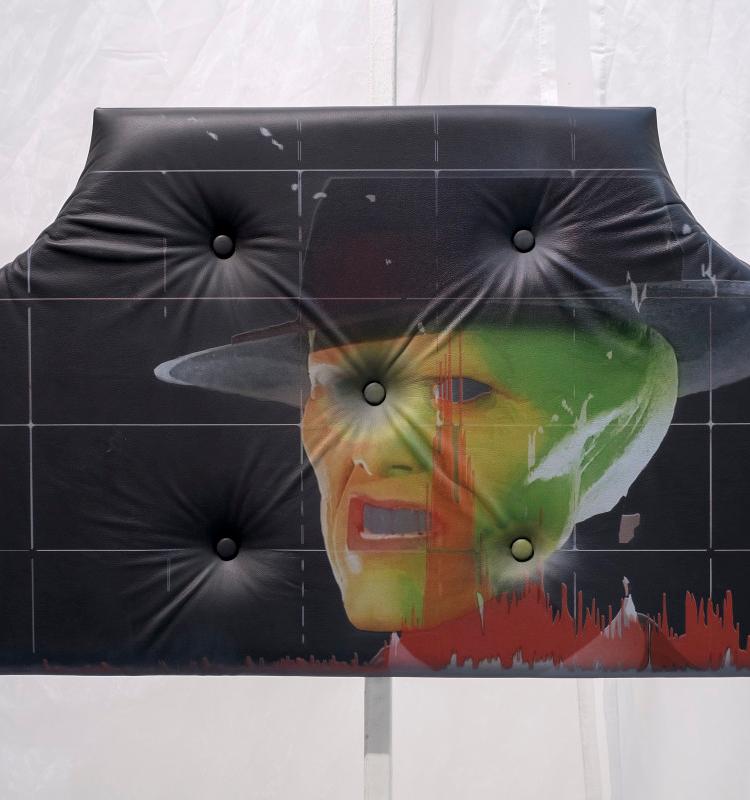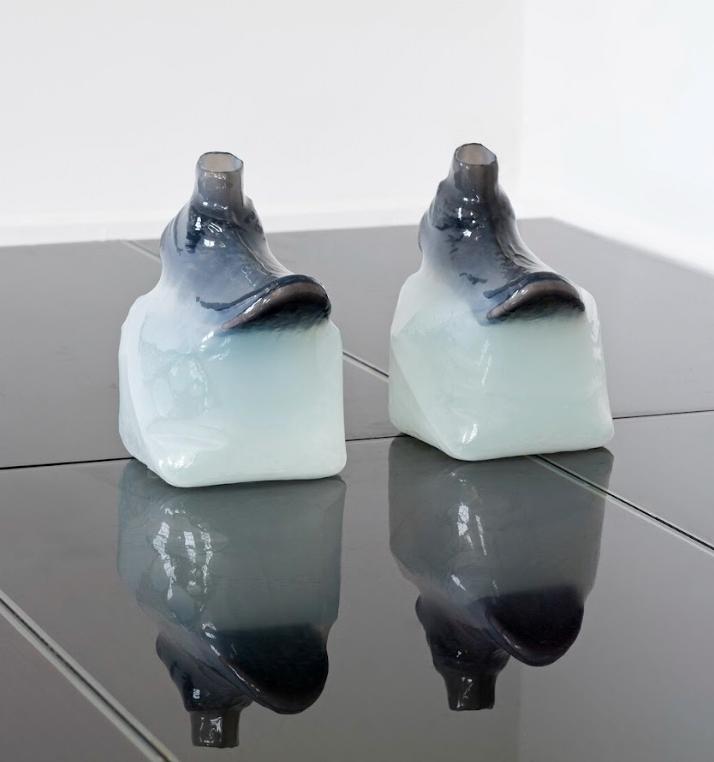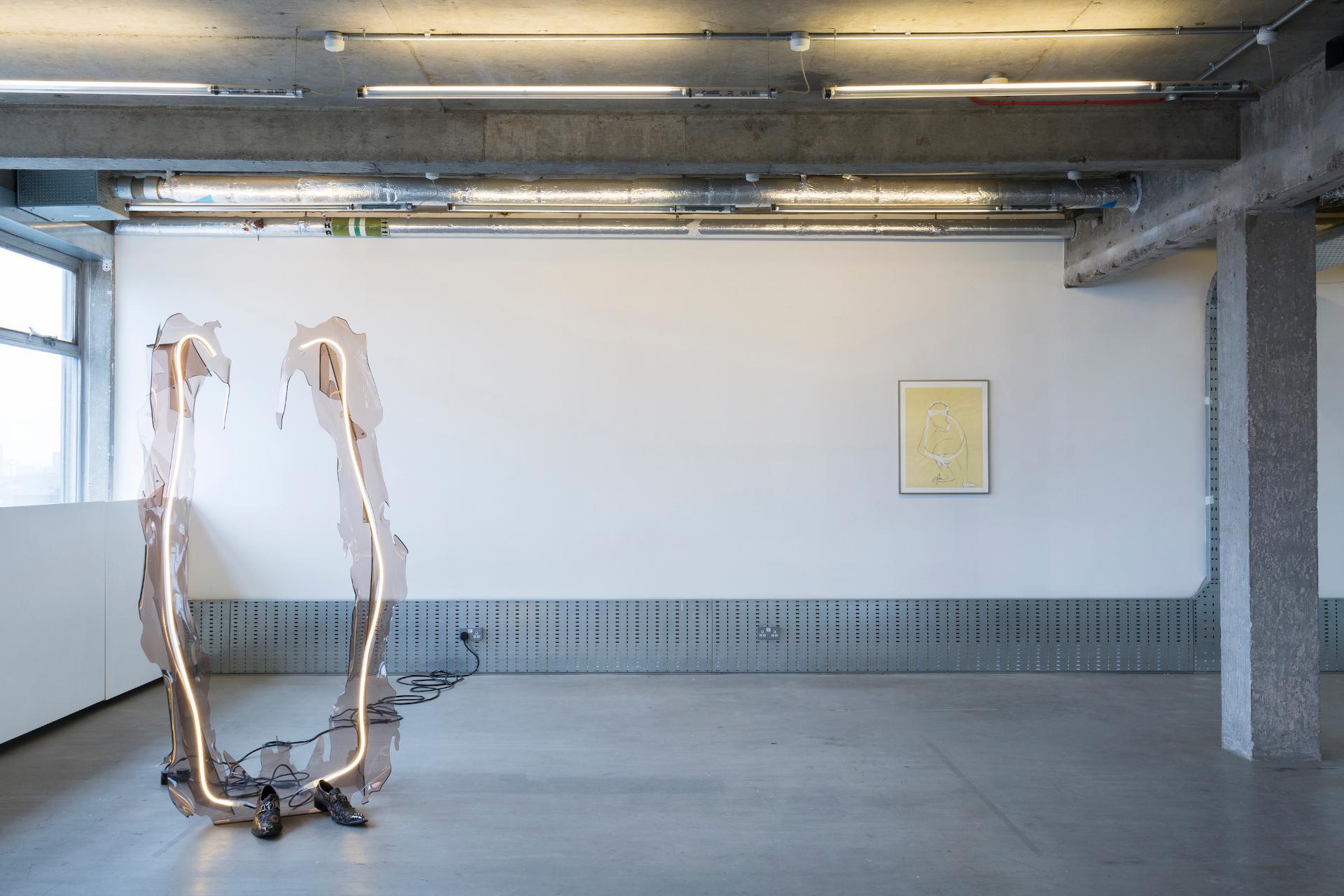
exhibitionMuriel Abadie, Adriano Amaral, Jean-marie Appriou, Srijon Chowdhury, Isaac Lythgoe, John Miserendino, Maïa Régis, Cajsa von ZeipelCicatrices22.03—03.05.201912th Floor
11:00am—6:00pm12th Floor
On an epithelial level, the scar is simply a mark, a regenerated piece of tissue, a healed lesion
that conventionally follows the infliction of an incision or a burn, either intentional or not. Of
this trace however, we almost instantly find that it does not suffice to regard it as a mere
peculiarity of the dermis, as what is crucial to this fibrous section of tissue is the meta-
cutaneous, its metonymic relationship to a particular event or action. This is the primary trait
of any scar: that it signifies beyond the skin, beyond the biological palimpsest that it has
produced. We are, at first, tempted to associate it with the traumatic, with the remnants of
suffering that make of it a relic of pain, both physical and cognitive, an agonizing recollection
of consumed passions and jagged embraces, flaming within our psyche and manifest with the
illuminated perspex sculptures of Isaac Lythgoe. Yet, is it not a scar that also reminds one of
birth, of being removed from the womb for, which our mothers bear a caesarean section or
we, a snipping away of the umbilical cord? Can the postpartum depression alluded to by
Srijon Chowdhury’s distracted mother-infant dyad not foreshadow a latter maternal joy, an
expulsion of postnatal morbidity?
Text by Smaranda Ciubotaru

